If you’ve been paying attention to the world of freshwater fishing for the last couple of years, you’ve likely heard the fuss about Bait Finesse System (BFS).
But what the heck is it? How does it work, and more importantly…does it work?
In this article I’m diving deep into the world of BFS, and why I think it may be the newest trend in the crappie fishing and panfish community.
Fill up your coffee mug, and let’s see what the buzz is about!
This page contains affiliate links. As an Amazon Associate, I earn from qualifying purchases.
Table of Contents
What is Bait Finesse System?
BFS, or Bait Finesse System, is a technique and tackle system designed to cast lightweight lures on specialized gear. With BFS tackle, you can finally utilize ultralight and finesse fishing techniques with baitcasting fishing reels.
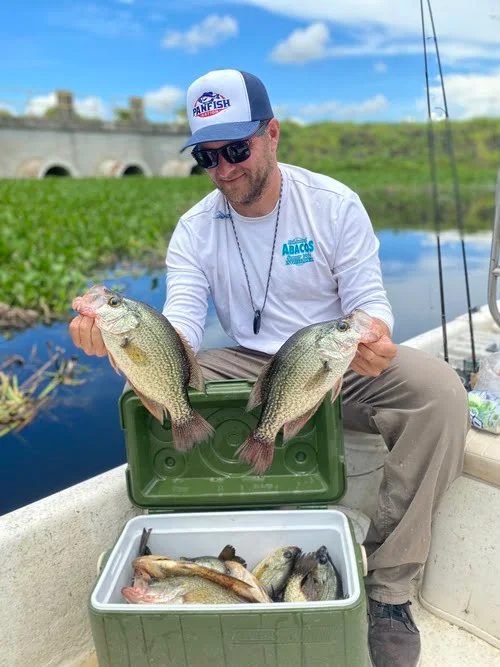
The Bait Finesse System is new to most American anglers, but it has been used by Japanese anglers for many years now.
Japanese anglers are always coming up with new ways to fish more effectively and maximize their success on the water.
Their highly pressured fisheries have led to the development of many new styles of fishing, including BFS as a way to fish super small, ultralight and subtle presentations.
And North American crappie anglers have caught on to this effective style…but more on that later…
How Does BFS Work?
BFS reels are specifically engineered to cast and retrieve lightweight ultralight lures, that would otherwise be impossible to fish correctly on conventional baitcasters (um, hello birdnest!)
This is important because compared to spinning reels, baitcasting reels have some important advantages.
BFS reels allow the angler more casting control and faster retrieves. Precision and efficiency are the main advantages of baitcasting gear, so BFS excels when fishing around structures, small creeks, or deep suspended fish.
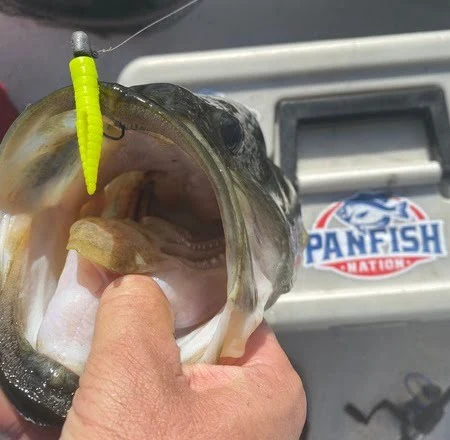
Baitcasting reels are also better at handling fluorocarbon lines than spinning reels. Handling mid-weight fluorocarbon, like 6 to 9lb, on a spinning reel is quite clumsy and difficult to cast.
The baitcasting reel naturally mitigates line twists, which can be an issue with mono and fluorocarbon lines on spinning reels.
In a nutshell, Bait Finesse Systems is the practice of matching a specialized reel, rod, and line to cast, retrieve and efficiently fish lightweight, finesse lures.
How Light is Ultralight BFS Fishing?
‘Ultralight‘ is somewhat of a subjective term among anglers and the American fishing industry, but it is generally defined as using a rod with a maximum line rating under 10 lbs.
For example, most ultralight rods have a line rating of 2 to 6lb or 4 to 8lb and will cast lures between 1 to 7 grams.
(For reference, a penny weighs only 3 grams!)
BFS reels can cast lures as light as 1 gram, without sacrificing sensitivity, power, or retreive.
What is BFS Used For?
BFS was first used by Japanese anglers for trout fishing in mountain streams and rivers. In these small streams, short and precise casts are important.
BFS allows anglers to cast and retrieve small lures with incredible accuracy and efficiency at short distances, and this is very important in the small clear trout streams where fish are tucked very tight to cover.
Generally, for this style of BFS trout fishing, hard minnow lures ranging from 2 to 5 grams and 1.5 to 2.5 inches are used.
A shorter rod, between 4ft to 6ft, is ideal because it helps with short accurate casts in natural streams with lots of trees and other casting obstacles. These BFS rods are usually rated for 2 to 6 lb lines.
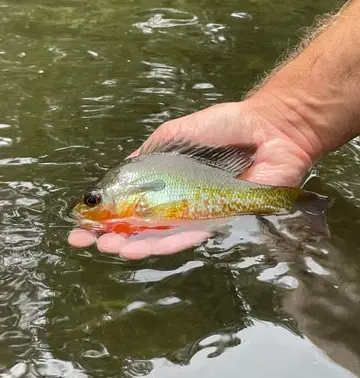
BFS gear is also used by bass anglers in Japan. BFS helped bass anglers to finesse pressured bass with light lines and small lures.
Bass fishing with BFS has helped anglers cast finesse lures with more control into the structure while still having the power to pull them out.
In the past couple of years, the trend of BFS fishing has spread, and in North America, it’s really catching on.
Bait Finesse System fishing is proving to work exceptionally well for popular species like crappie, bluegill, trout, and of course the extremely popular largemouth bass fishery!
Advantages of BFS
Bait finesse gear has some important advantages over ultralight spinning gear.
Accuracy & Efficiency
The first and most important advantage is that baitcasting reels offer more casting control and precision. This allows the angler to place very accurate casts, which makes bait finesse excel when fishing structure.
Another BFS advantage over spinning reels is the speed and efficiency of fishing.
With spinning reels, you still have to close the bail before you can begin your retrieve. This can cause some missed bites if fish are biting quickly after the lure hits the water.
Also, baitcasting reels typically come in faster gear ratios than spinning reels, and they pick up more line per turn of the handle.
Simply put, you can make more casts in a day with a baitcasting reel than with a spinning reel.
Preventing Line Twist
Baitcasting gear has another great advantage over spinning reels in that they mitigate line twists.
When using monofilament and fluorocarbon on spinning reels, line twist can be a frustrating problem. The design of a baitcaster naturally eliminates line twists, because the line is reeled directly onto the spool.
BFS reels naturally handle fluorocarbon and monofilament better than small panfish spinning reels. BFS reels are also perfectly capable of handling thin braided or PE lines.
It is also worth noting that some anglers find spinning reels to be large and clumsy. Baitcasters are small and compact in comparison.
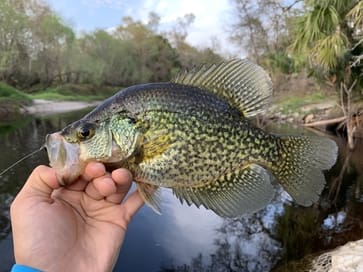
Disadvantages of BFS
Bait finesse gear has many advantages, but BFS still has some important disadvantages when compared to spinning reels.
The biggest disadvantage of BFS tackle is the price! The highest quality BFS gear comes from Japan, and a BFS combo, a rod and reel, can easily cost you between $300 to $400 dollars.
While some Chinese manufacturers have released more budget options, they aren’t quite up to the Japanese tackle companies, Daiwa and Shimano.
BFS reels are a lot more complicated and intricate than spinning reels. With BFS reels every component needs to be smooth and lightweight or it will struggle to cast the ultralight lures properly.
BFS reels require an ultra-lightweight spool, smooth brakes, and small lightweight bearings. Even in the high-end Japanese BFS reels, some aftermarket upgrades will improve your casting performance, and these are all pricey upgrades.
Casting Distance
Another disadvantage of BFS is casting distance. Most 1000-size spinning reels at your local tackle store, like the 30$ Daiwa Crossfire Lt for example, can cast further than BFS tackle.
That is because BFS reels have brakes, and the spool must be slowed down to avoid backlashes. With a spinning reel, the line flows off the spool with no braking, so with the right line, you can easily achieve longer casts.
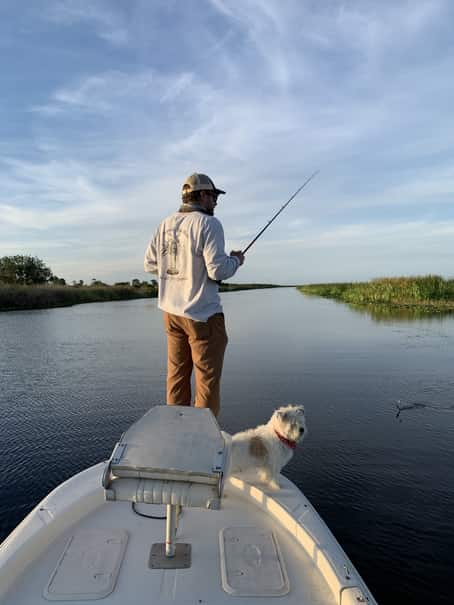
Only some very high-end BFS reels, like the Daiwa Gekkabijin Air TW PE Special, can come close to spinning reel distance.
This JDM reel is specially designed to achieve a longer casting distance, but it is still beaten by spinning reels when it comes to distance.
Limited Line Capacity
Another disadvantage is the shallow spool capacity. The spools on BFS reels are designed to be ultra-shallow, and this contributes to a lighter spool and better casting.
This makes BFS tackle a disadvantage at longer distances or around fish which can pull a lot of line. With BFS tackle, you could potentially get spooled if a big fish has the space to run.
That’s another reason why BFS tackle is much better suited for close-distance fishing, like in small rivers, ponds and creeks.
BFS reels, like all baitcasting reels, are subject to backlashes. Avoiding backlashes comes with practice and owning a reel with a refined braking system.
BFS reels don’t have any form of sealing to the elements, so if you’re fishing saltwater you should be very careful with your expensive BFS reels.
Spinning reels have their important parts inside the body of the reel, so they can take some use in saltwater.
Unlike baitcasting reels, many spinning reels have physical seals or even magnetic oil to keep water out, and they are much better suited to withstand the elements.
The JDM baitcasting reel, Daiwa Gekkabijin Air TW PE Special, is designed for saltwater use, and it is equipped with corrosion-resistant bearings.
However, this reel still lacks the sealing found on saltwater spinning reels, and it is vulnerable to getting corroded by salt water if it gets splashed or dunked.
Lastly, BFS gear is difficult to get serviced in the United States. If you do happen to break your expensive Japanese BFS rod or reel, you probably won’t get any warranty coverage or repairs in the USA.
Fortunately, you can learn to do BFS reel maintenance on your own, but if you don’t know how to fix your BFS reel you’re out of luck.
Why is BFS Fishing Popular?
Bait finesse fishing has grown incredibly fast in the American fishing industry, and it is becoming increasingly popular among enthusiast anglers and fishing tackle junkies.
(Any excuse to buy a new fishing reel is good enough for me!)
It is popular for two main reasons. First, it is popular because it offers anglers an incredible fishing advantage that spinning reels cannot offer.
Some anglers have discovered just how useful BFS can be, and it has been advantageous when fishing for trout, bass, and particularly crappie.
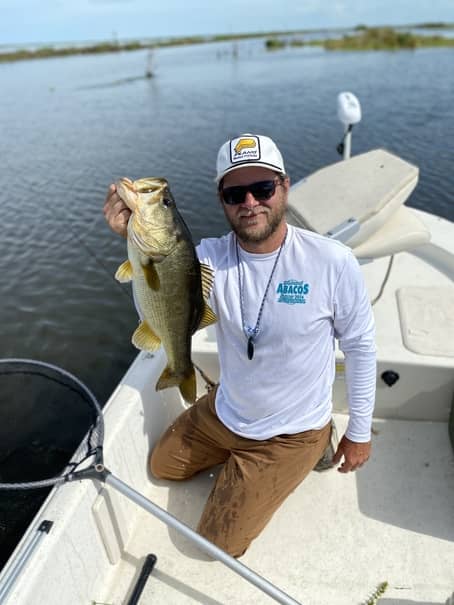
With the advent of BFS, you can effortlessly cast a 1/16 ounce crappie jig 50 feet and let it swing over a brush pile, all with just one hand.
The precision and efficiency of BFS tackle is unmatched, and anglers who want to fish with the best gear should use BFS tackle.
However, BFS tackle is popular for another reason. Many American anglers’ in general have an emotional preference for baitcasting reels or an undeserved dislike for spinning reels.
This comes from bass fishing culture, which is so prominent in the American fishing community.
How Do You Fish a BFS?
Fishing with BFS feels very similar to fishing with bass fishing tackle, but it is lighter and smaller.
One major difference, however, is that BFS or any ultralight tackle technique requires extreme attention to detail.
If your gear isn’t working as it should, for example, if your line is frayed or you’ve tied weak knots, you will have a difficult time.
Fishing with such light gear comes with a learning curve because every piece of tackle has a bigger impact than heavier gear.
It’s critically important you pair a BFS rod with a BFS reel, otherwise, the mismatch will cause problems.
Casting
Casting a BFS rod requires a more finessed technique, less ‘flick‘ of your rod, and more of a ‘lob‘ technique. Many anglers used a modified side arm cast to reach distances of 60, and 70 feet.
‘Less is more’ when it comes to BFS casting. Don’t overpower or load up with an aggressive overhand cast…instead give a lop and let the rod tip do the work.
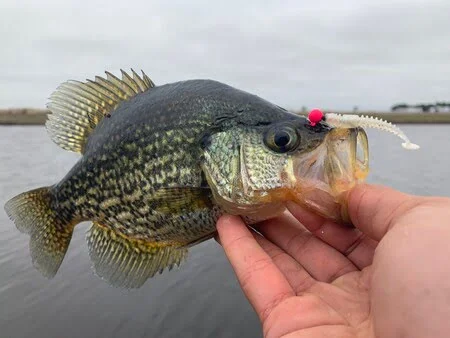
Retrieving
The gear ratios on BFS reels are different and usually have a very fast retrieve ratio. Depending on the type of lure you are fishing, you’ll need to experiment with your retrieve speed, but it’s worth noting the retrieve is effortless with BFS reels.
With baitcasting reels, you can immediately begin your retrieve as soon as your lure hits the water, which means better hook-up ratios in that 1-2 seconds when your bait hits the water.
Sensitivity
Perhaps the biggest noticeable difference with BFS fishing is the increased sensitivity. Baitcasting reels are ergonomically engineered to keep your thumb on the spool and a straight line connection between the reel, rod, and bait.
You can really pick up on subtle bites from crappie, bluegill, and yellow perch, even when fishing in depth over 20 feet.
BFS Gear Recommendations
The best products for you will change a lot depending on your style, different techniques, fishing environments, and lure type, but here I will recommend an ideal setup for different types of fishing.
Best BFS Combo for Trout Fishing
Reel: Daiwa Silver Creek Air TW Stream Custom

Rod: Daiwa Silver Creek Glass Progressive 51LB-G. 5’1”, 2 – 6 lb line, 2-10 gram lure
Line: Varivas Super Trout Advance Bait Finesse PE X4 Braided Line
This combo is a great trout combo for fishing your local streams and creeks. The rod is a composite rod, meaning it is composed of both glass and graphite.
This contributes to a moderate taper, but it still feels more sensitive and lightweight than a full glass rod.

The moderate action of this rod makes it ideal for throwing moving baits like hard minnow lures, spinners, or spoons. The rod is only 5’1” and is great for fishing around trees and making quick accurate casts into structure.
Best BFS Combo for Bass Fishing
Reel: Shimano SLX BFS

Rod: Dobyns Sierra Ultra Finesse Casting 7’0″ Light SUF 701C. 2 – 8 lb line, 1/16 to 5/16 oz lure
Line: 6 to 8 lb Fluorocarbon
This combo is great for BFS bass fishing. It is perfect for finesse fishing for largemouth, smallmouth, and spotted bass. The rod is fast action and has plenty of backbone to set weedless jigs and pull a strong fish out of cover.
Best BFS Combo for Panfish
Reel: KastKing Zephyr BFS Baitcasting Reel

Rod: KastKing Perigee II Fishing Rods
Line: Varivas Super Trout Advance Bait Finesse PE X4 Braided Line

Fortunately, this combo translates perfectly to jigging for panfish, like bluegill, crappie, and yellow perch. The 6’ length and fast action makes it a great dock shooting combo or for flipping jigs to brush piles.
Frequently Asked Questions
How Do You Spool a BFS Reel?
You can spool a BFS reel very similarly to how you spool a bait caster for bass fishing. You can tie an arbor knot to the center of the spool.
Some BFS reels will tell you exactly how much line to put on, so you should follow the correct amount of line suggested by your reel manufacturer.
BFS spools are very lightweight and delicate, so be careful not to put too much pressure on your spool. If you put too much force on your spool, you could damage it and cause the spool to lose its form.
What Kind Of Line Should You Use For BFS Fishing?
You can use monofilament, fluorocarbon, or braided (PE) lines. You should pick the right line strength, diameter, and type based on the technique, rod line rating, and reel line rating.
How Far Can a BFS Reel Cast?
This depends on several variables including lure weight, rod length, and reel quality. Some BFS anglers have been challenging the limits of casting to throw 1 gram lures, and they can cast a 1 gram jig over 30 ft.
Typical 1/16 ounce, or 1/32 ounce crappie jigs can easily cast 60+ feet when paired with the correct rod and line.
Can You Catch Big Fish On BFS Tackle?
You can certainly catch big fish on BFS gear. While this technique was designed to throw small lures, sometimes elephants eat peanuts, so be prepared when you hook a big fish on light line!
Final Thoughts
There is no doubt that BFS technology is making its way into the tactics used by everyday anglers.
What once was a specialized system is now becoming mainstream and tackle manufacturers are taking notice.
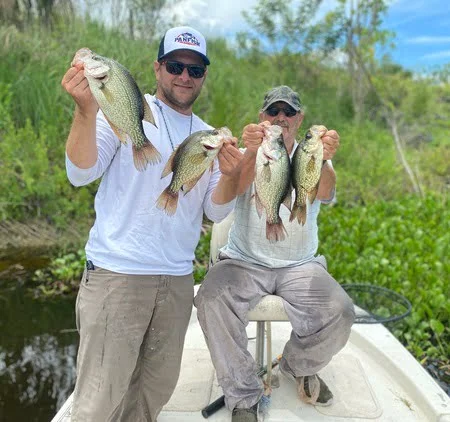
One thing is for sure, the technology and tactics used to catch fish will never stop, and BFS is just one of the latest examples in recent years.
Thanks for reading!
You May Also Like: Garmin Livescope: Is It Really Worth The Money? Pros & Cons!
If you haven’t guessed yet, I love fishing and everything about it!
To learn more about why I started Panfish Nation, visit the About page and follow along on Social Media:


Download a copy of my FREE Lure Color Selection Chart & Knot Guide!
Stay up to date with fishing reports, tackle reviews, industry news, and much more! We respect your privacy, unsubscribe at any time.
Like this post? Save it on Pinterest.

